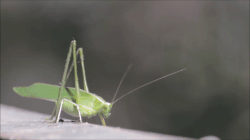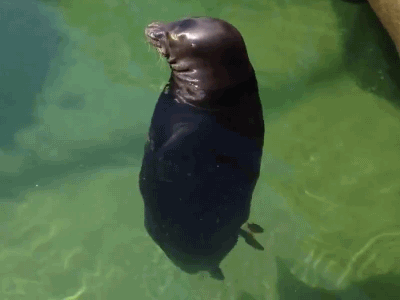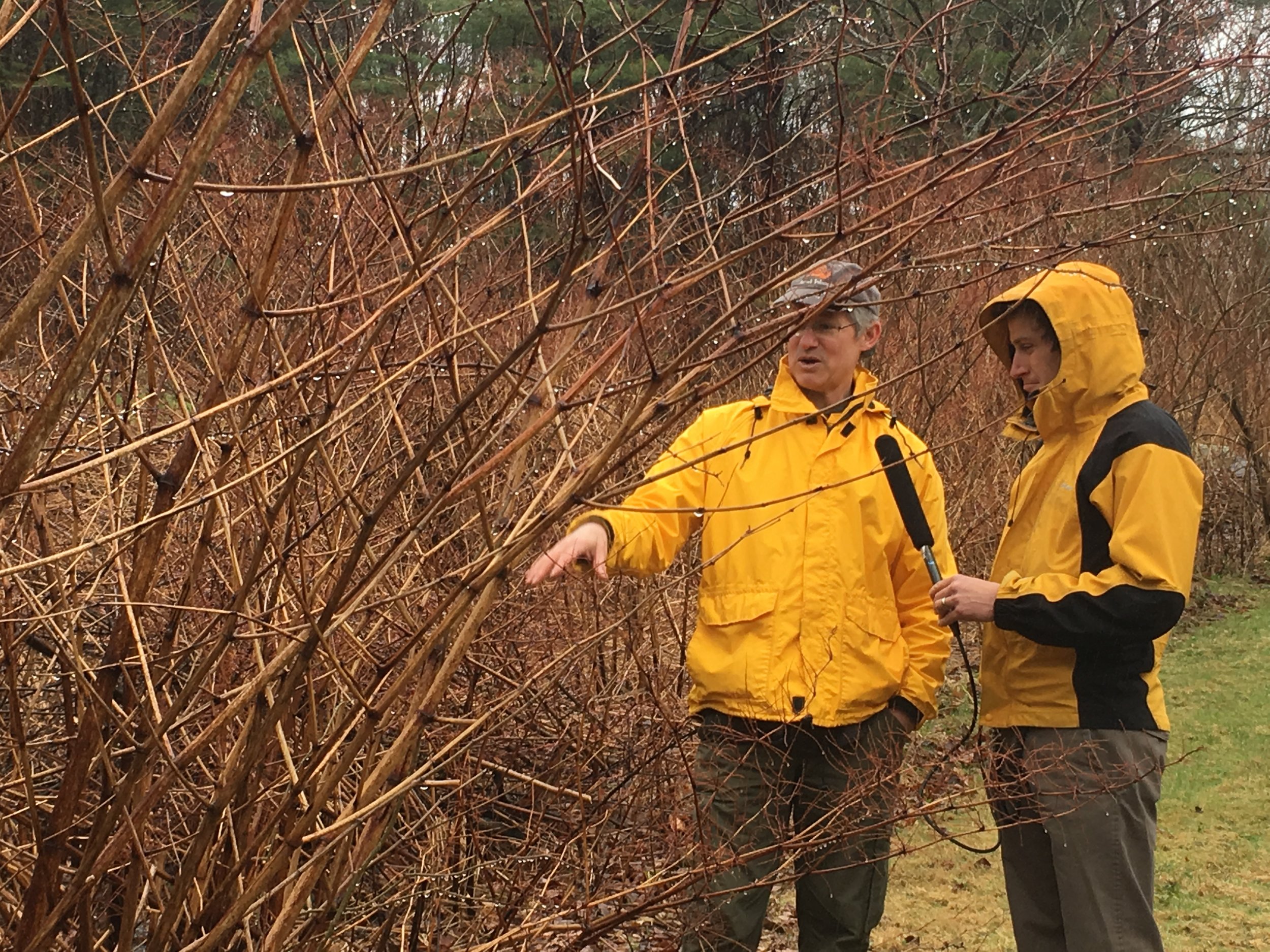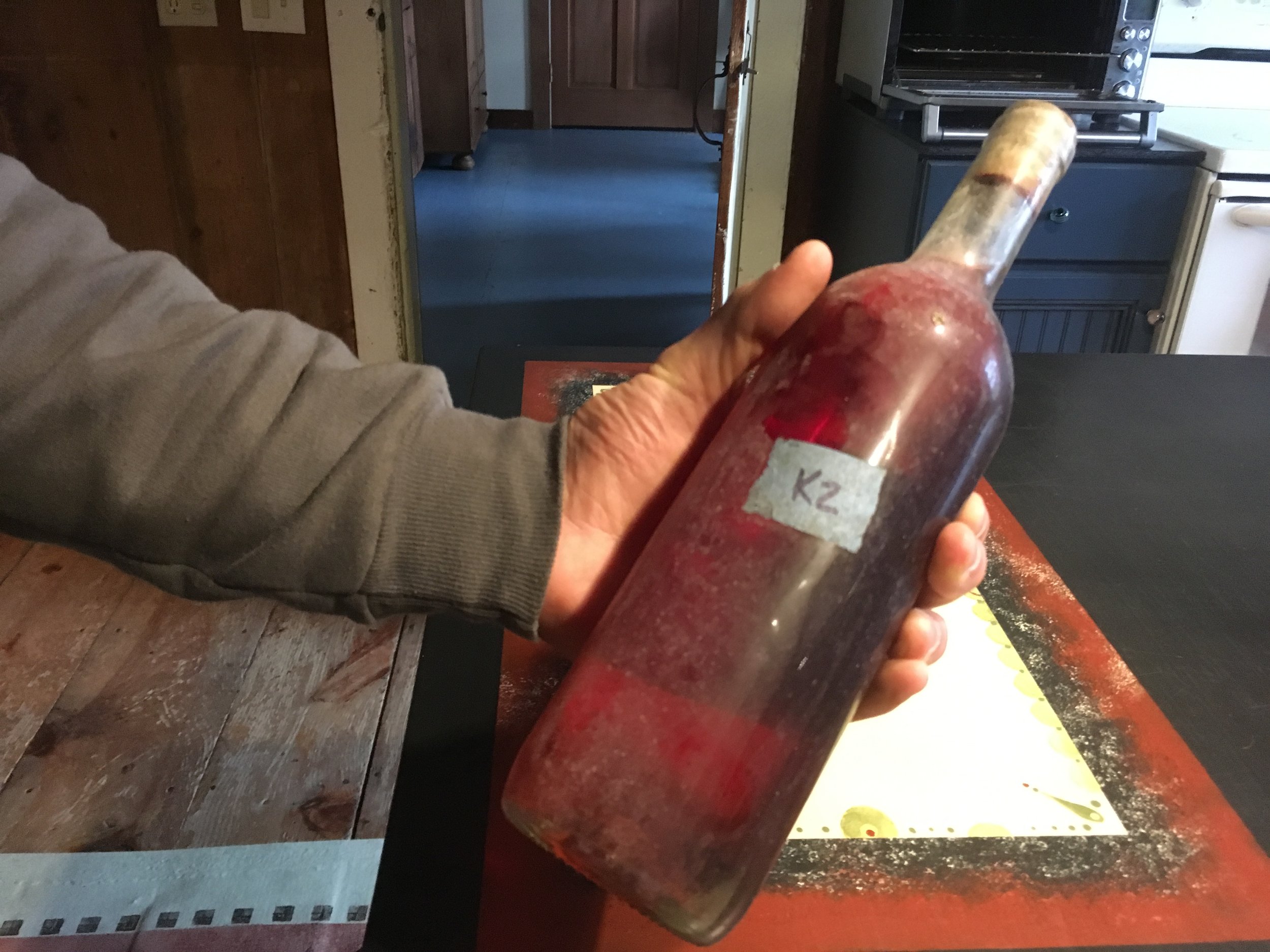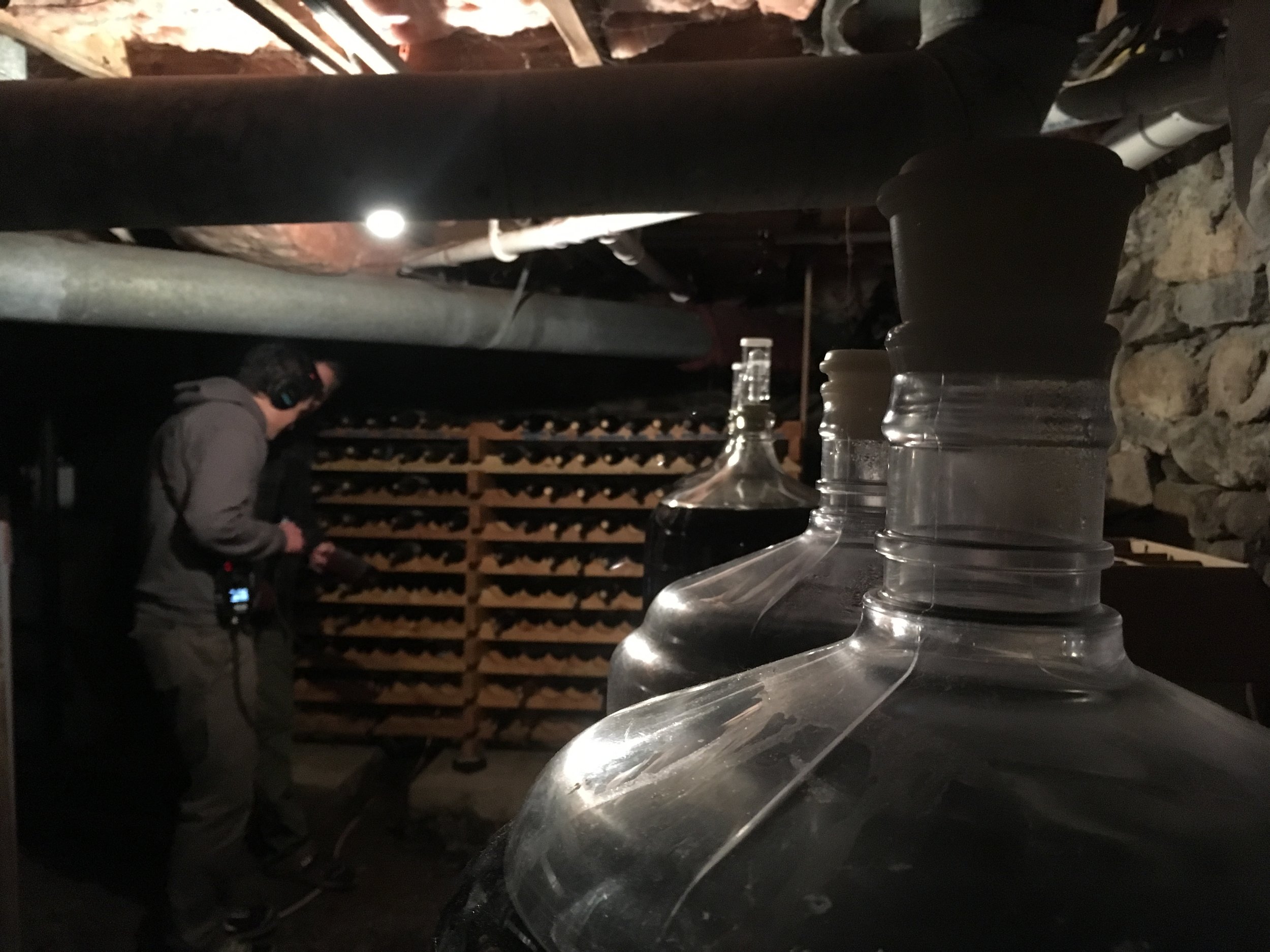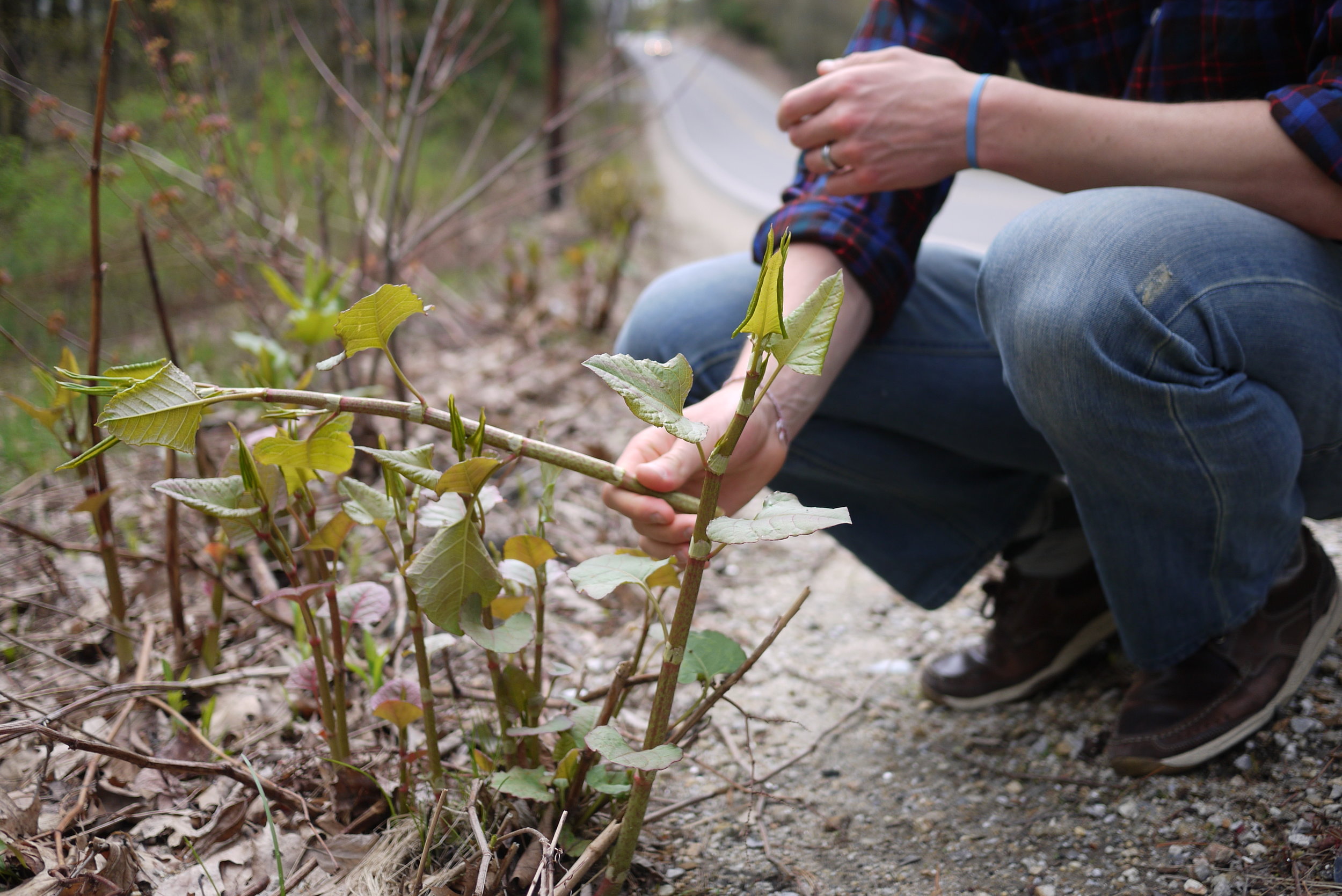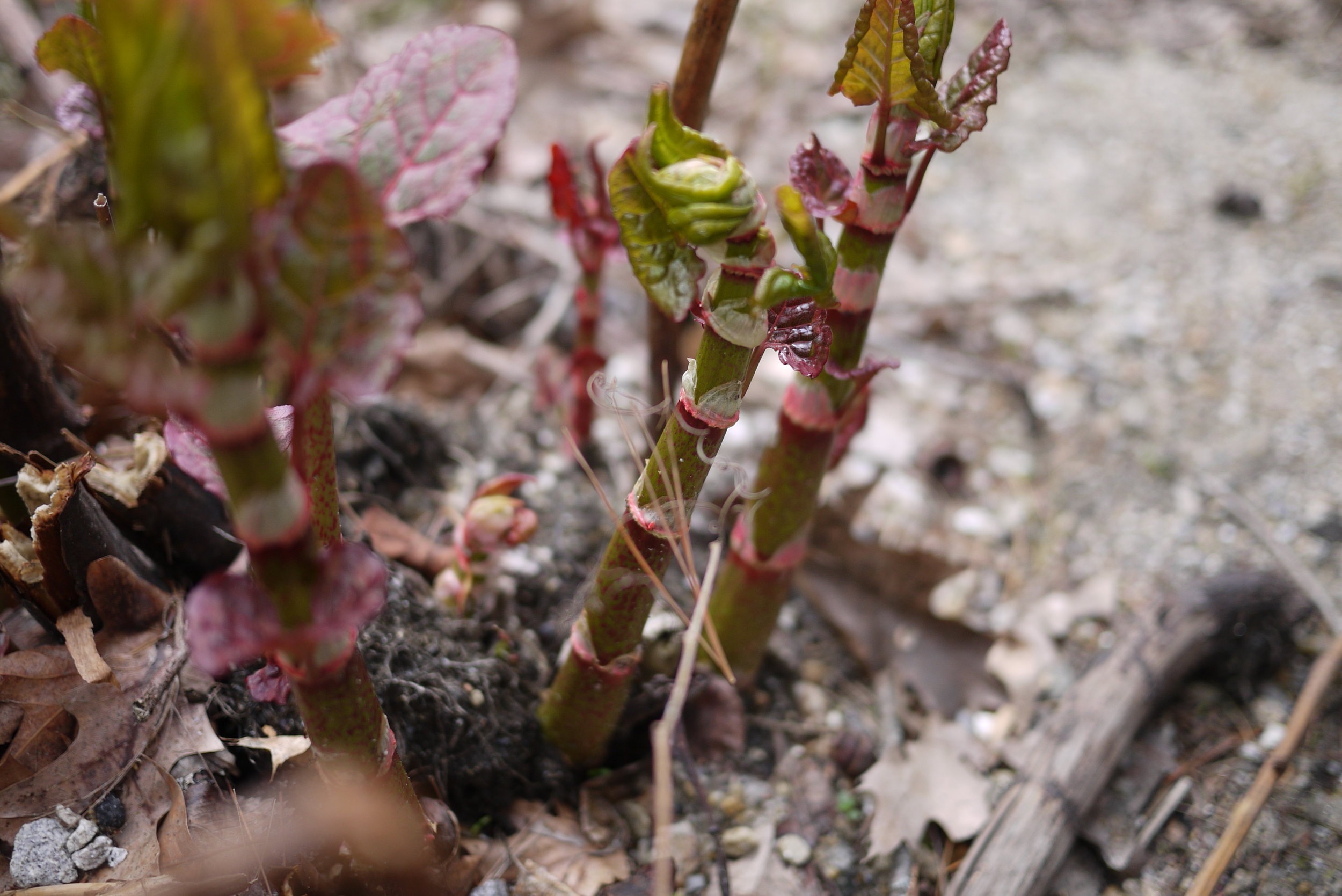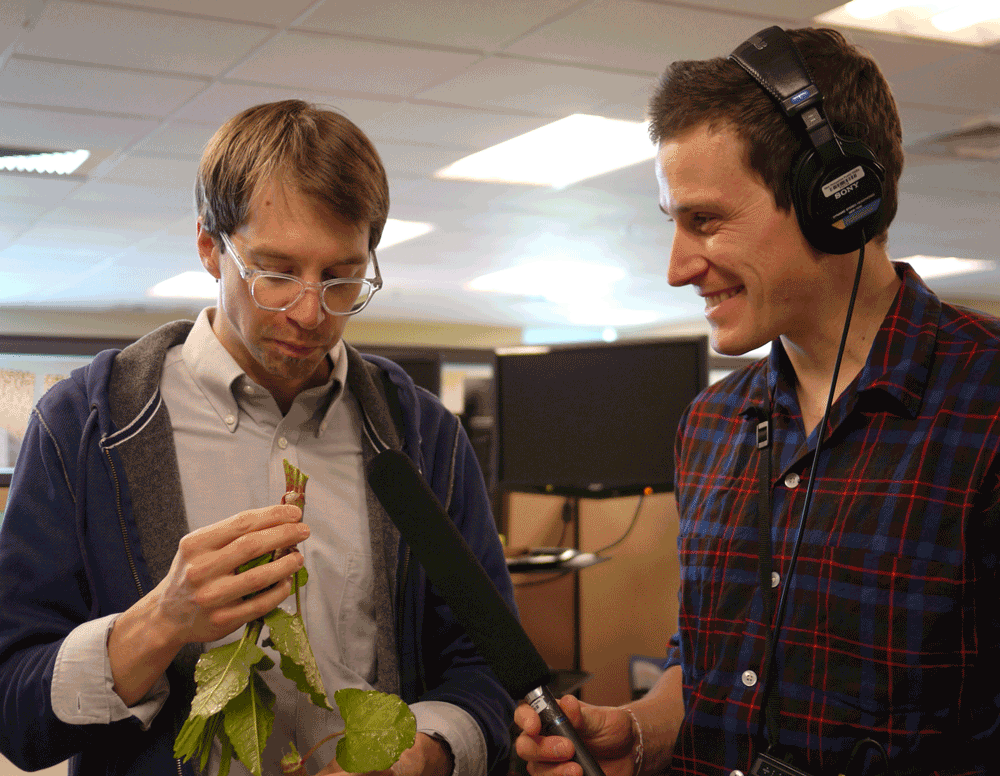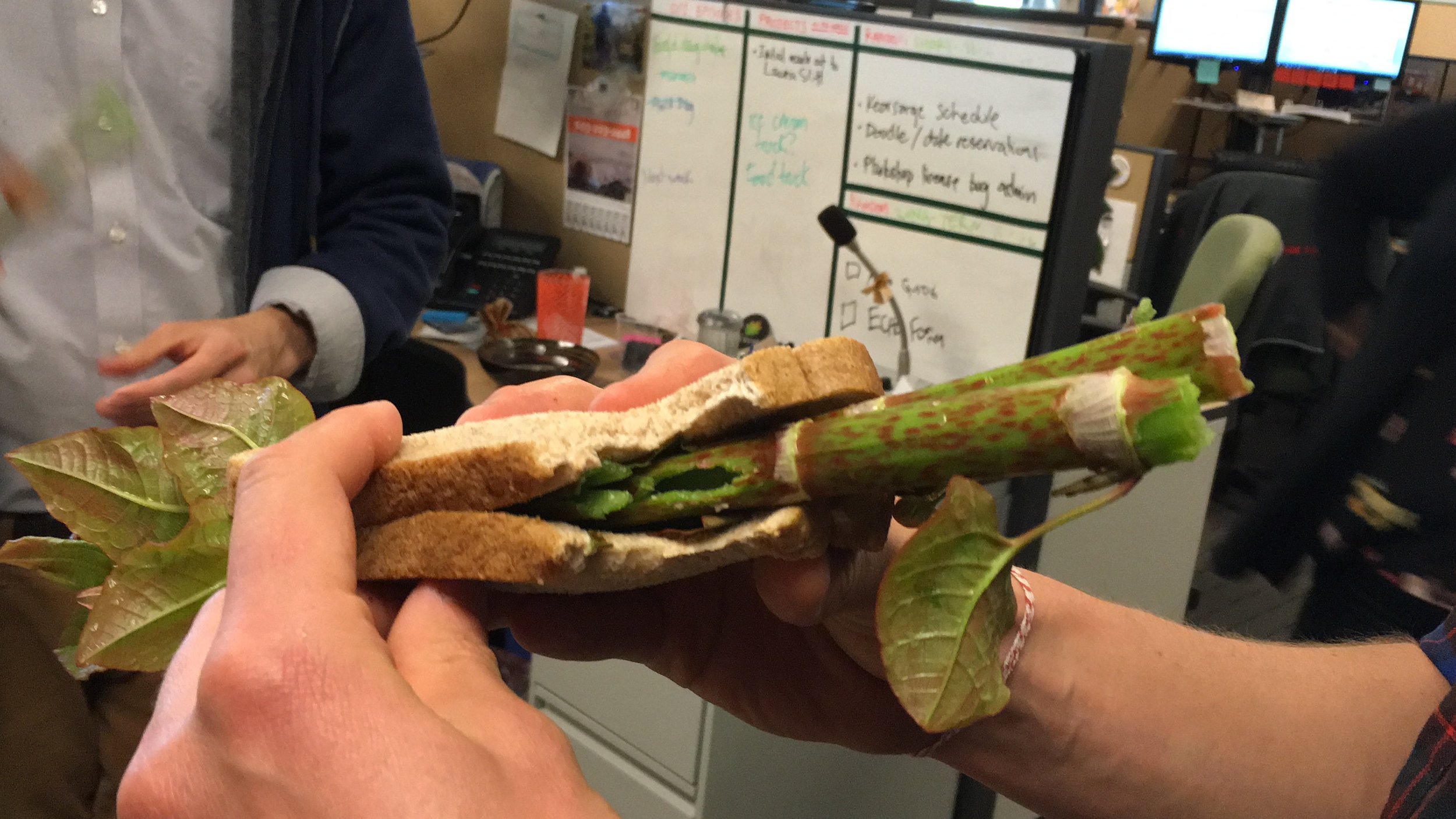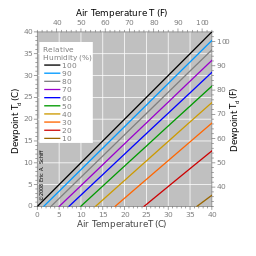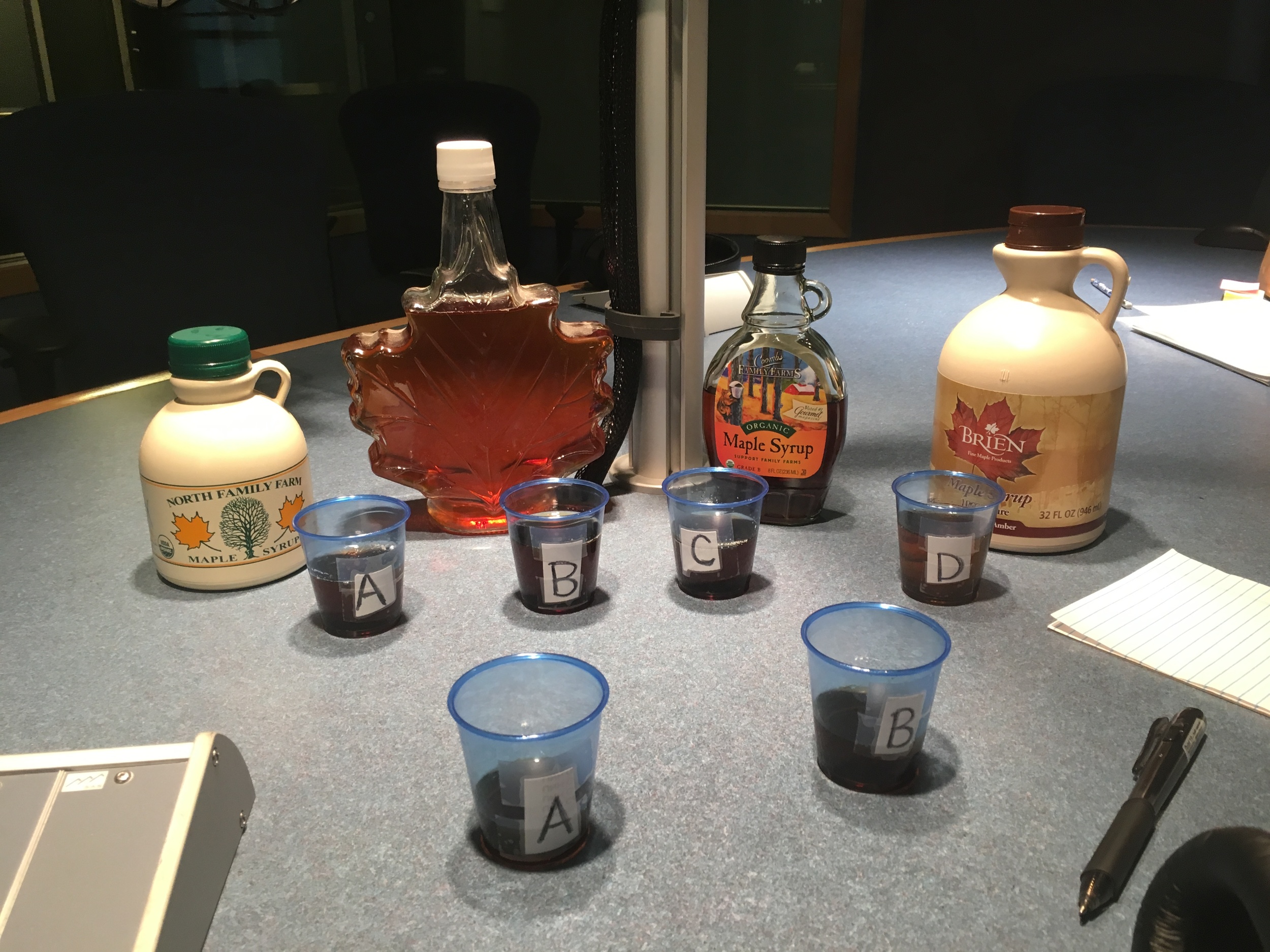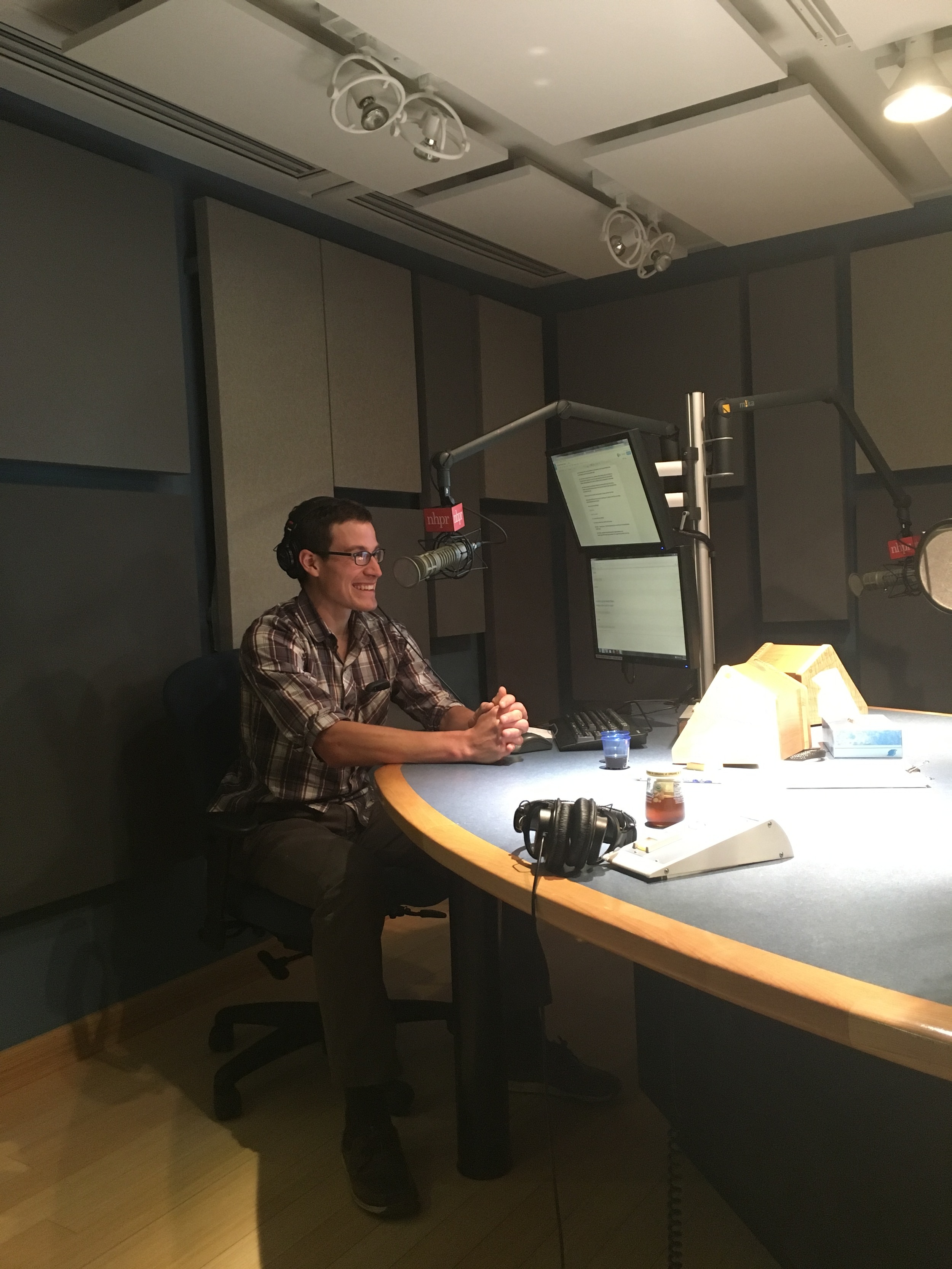Wow, Alex. Tell us how you really feel? He is correct, ladies and gentlemen, anyone with access to a search engine can indeed discover for themselves that Barbeau Peak is taller than Mount Mitchell. (Although it looks somehow… sadder.)
This is clearly a question of semantics. I think we can all agree that since if you go far enough east you’ll eventually circumnavigate the entire globe and find yourself back at Mount Mitchell, this sign is missing some sort of important qualifier. Is it the highest peak east of the Mississippi in America? In North America? WEST OF THE PRIME MERIDIAN?! MY GOD WHICH IS IT?
Leaving aside how exactly this “lie” is “catastrophic,” we at Outside/In do believe that accuracy is paramount. As such, in collaboration with Alex, we have come up with a proposed solution. If any listener happens to hike Mount Mitchell in the near future, try to figure out a way to make the sign more accurate. Using a method that does not deface the sign, please! Add a note using a sticky note, perhaps. Or stand in front of the sign without your own hand-fashioned placard which adds an appropriate geographical caveat afterward.
Once you’re done, send us a picture, and maybe the internet will make it go all viral. (Ok, I confess, I probably don’t know how viral things on the internet work.)
Question 4. Maureen: In the last few weeks we have had very cold weather and then a warm up and then it gets cold again. As the snow has melted and I’ve been out walking, I’ve noticed what looks like rocks that have sunk into the ground. My guess is that the rocks stay colder and heavier longer and the soil warms and expands, or loosens and the cold heavy rock sinks, then the ground refreezes over it. Can you explain this phenomenon?
This one came in over email. And you know what that means: exclusive web only content!
I’ve been observing this phenomenon in my own back yard, Maureen, and what you’re witnessing (or at least what I’m witnessing and assuming is the same at your house) is the formation and later melting away of needle ice.
Basically, what happens is that when the soil is above freezing but the air is above freezing, moisture in the soil is drawn towards the surface (through capillary action, the same process that plants use to send water from the roots to the leaves) and as it rises it freezes in a column. As it rises it brings the mud or sand around it up as well. If the ice then melts (as it has done numerous times this winter in New England… *sigh*), you’re left with disturbed, aerated, slightly taller soil. So what you’re actually seeing is the dirt around the rocks rising up, not the rocks sinking down. Oh, those tricksy rocks!
Indeed, any gardener from New Hampshire will tell you that far from sinking because of their density, rocks in New England soil have a tendency to “heave” their way towards the surface as they undergo freeze-thaw cycles. This occurs for the same reason that you always find all the brazil nuts at the top of a can of mixed nuts.
As a fun bonus, needle ice can also be incredibly beautiful, if you’re willing to get down on your belly and look.






